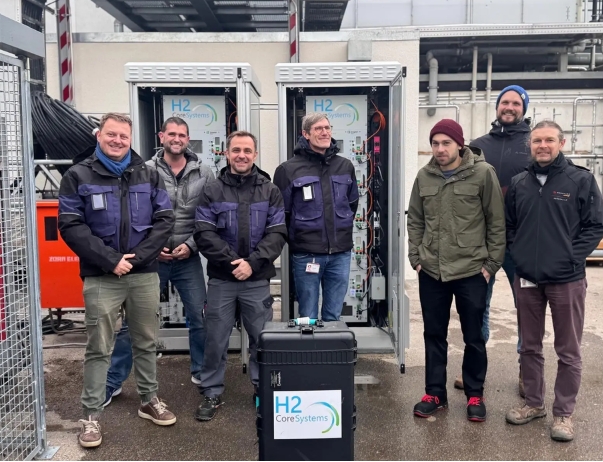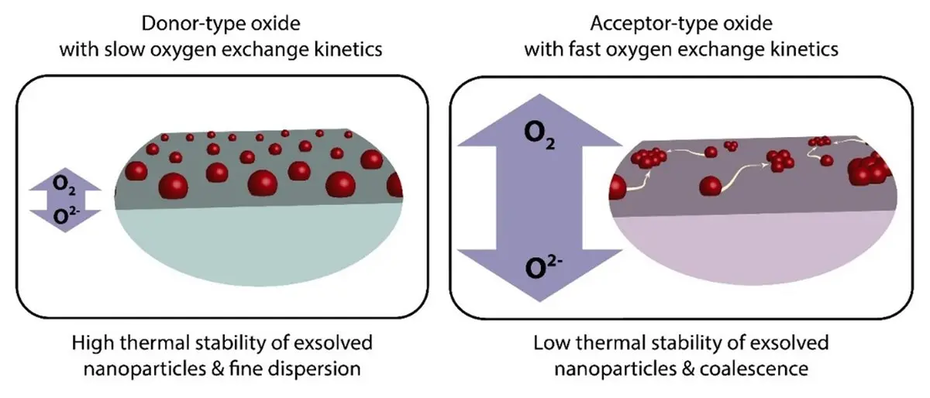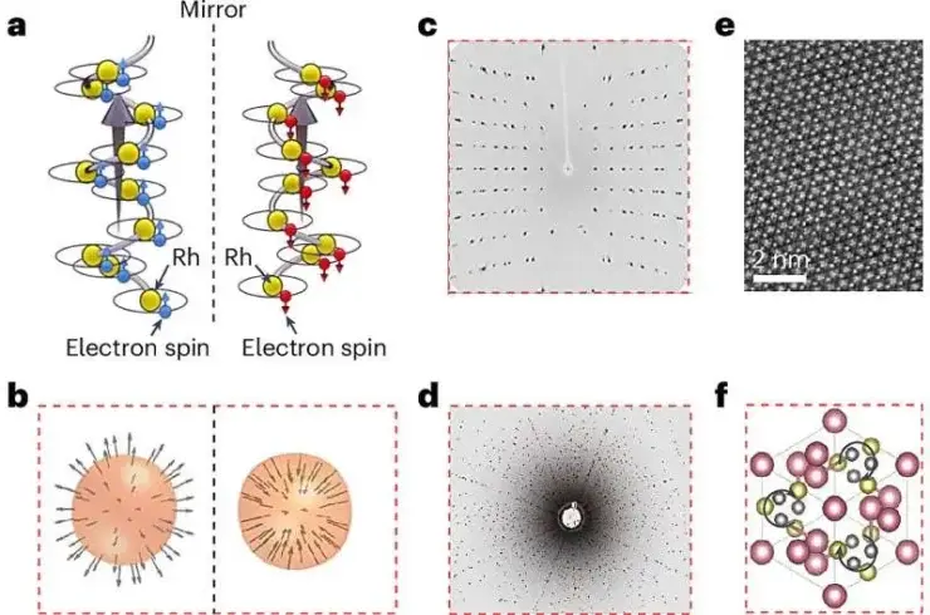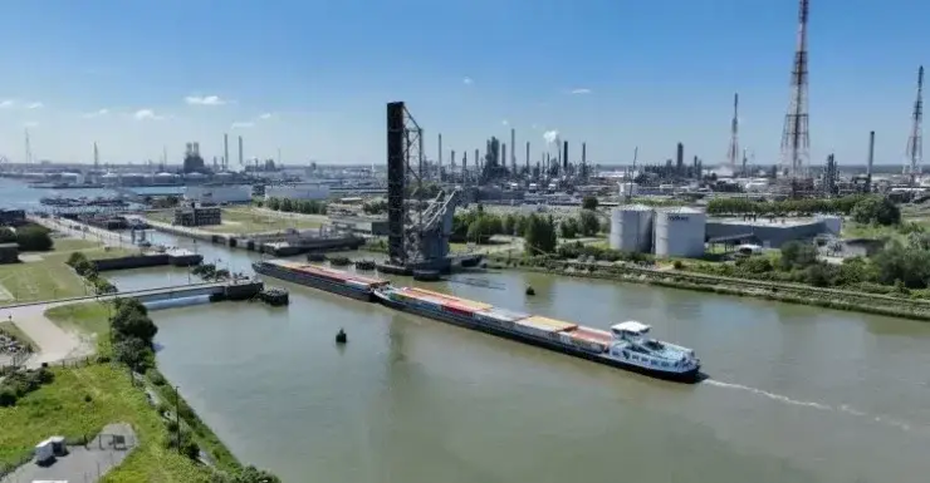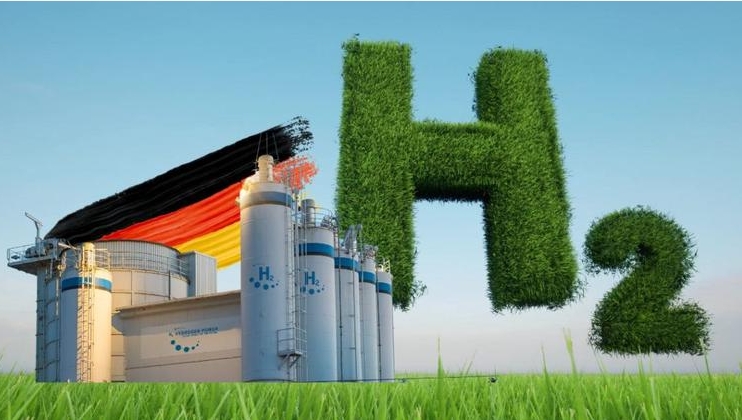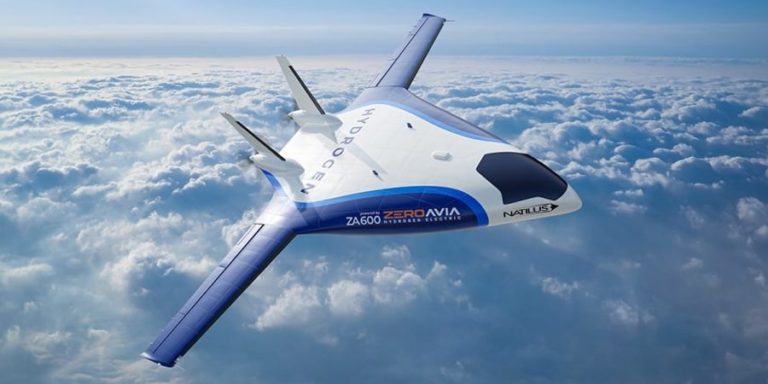
The companies inform that ZeroAvia’s ZA600 will be the sole hydrogen-electric propulsion source offered for the novel Kona short-haul feeder UAV. The drone is Natilus’ first development and relies on an autonomous blended-wing body (BWB), providing more space to carry hydrogen.
Natilus says it recently validated the performance of the BWB design with flight testing of a quarter-scale Kona prototype aircraft following three years of wind-tunnel testing.
ZeroAvia is at a similar development stage. The ZA600 is the 600 kW propulsion unit developed for hydrogen aircraft announced in 2021. ZeroAvia has now conducted eight test flights of its prototype engine in a 19-seat testbed aircraft as project HyFlyer II.
The company has since progressed to working on the ZA2000 system. Using the engine, ZeroAvia is reportedly developing the world’s largest zero-emission aircraft based on a decommissioned ‘Dash 8′ jet Alaska Airlines reserved for conversion. Should the hydrogen plane take off, it would be about five times more powerful than anything out there so far, the companies say.
The deal with Natilus propels ZeroAvia into the cargo air space, however. Val Miftakhov, Founder and CEO of ZeroAvia, said, “We all depend on air cargo operators, and some communities depend on them absolutely, so improving the economics and environmental impacts of these operations while increasing service levels is a massive opportunity.” He also pointed to Natilus’ “impressive order book and corresponding technology development”.
